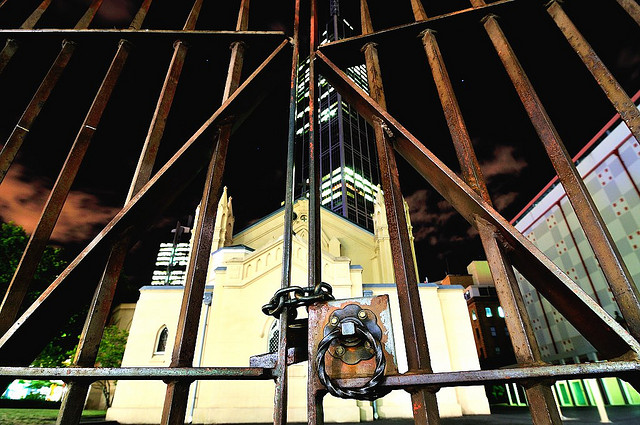Tag: Casting Circle
-

I Felt Ashamed At Pagan Pride
The circle. The circle is fundamental. This simple shape, along with the square and the triangle, introduces our early minds to geometry, to symmetry, to physical and social design. This past weekend I felt ashamed at Pagan Pride on account of a circle. My body helped form the edge of a circle. My body stood […]
-
The Day The Witches Took Over Church – UPDATED
No one knew why the woman sitting beside the Pagan Chamber Choir was wearing a black, feathered, Carnival mask, and I doubt anybody asked. Her display may have seemed a bit dark for 9:15am on a Sunday, but who was I to judge?
